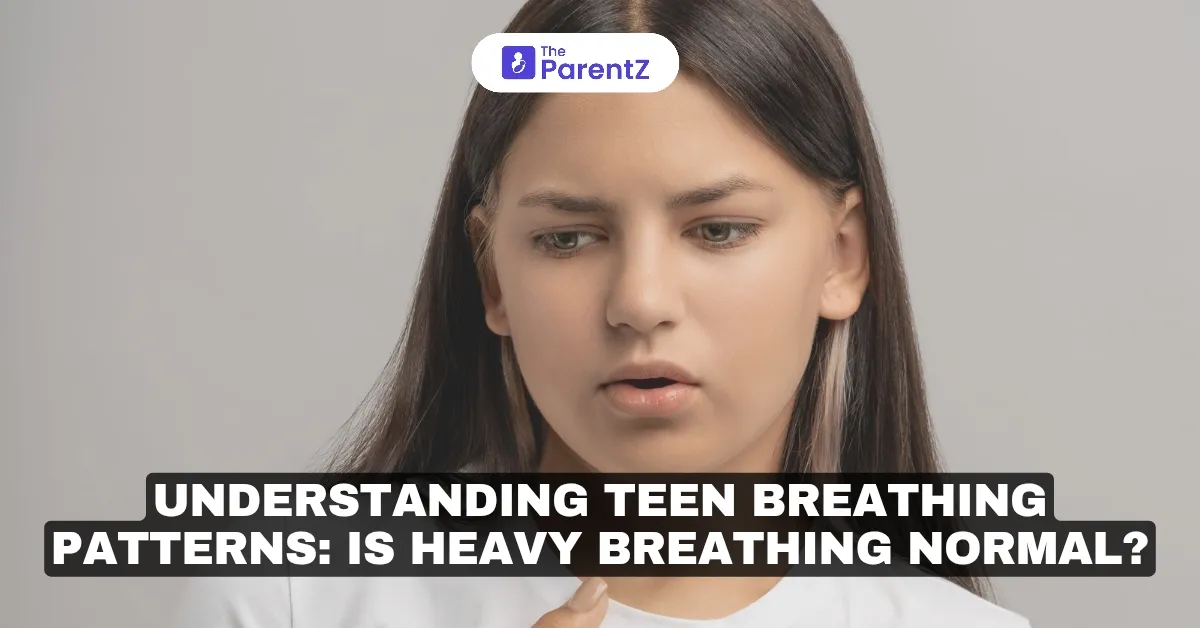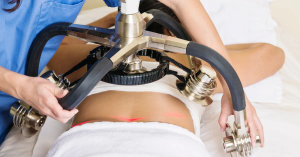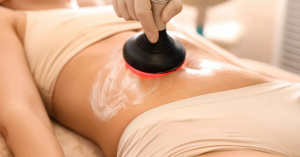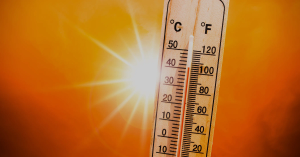Breathing is an automatic process that we often take for granted until something seems off. For parents, noticing a change in their teenager’s breathing patterns especially heavy or labored breathing can be alarming. While occasional heavy breathing may be normal, particularly after physical activity, persistent or unexplained changes could signal underlying health issues.
Interestingly, dental health professionals play a crucial role in identifying abnormal breathing patterns, as many orofacial structures can influence airway health.
Normal Breathing Patterns in Teenagers
A teenager’s normal breathing rate typically ranges from 12 to 20 breaths per minute when at rest. This rate can vary depending on factors such as:
• Physical activity
• Emotional state (stress, anxiety, excitement)
• Body position
• Health conditions (e.g., mild colds or allergies)
Normal breathing should be quiet, effortless, and unnoticeable during rest. Occasional heavy breathing after exercise or emotional stress is expected as the body adjusts to increased oxygen demands. However, persistent heavy breathing without an obvious trigger may require medical or dental evaluation.
When Is Heavy Breathing a Concern?
Heavy breathing (also called labored breathing or dyspnea) refers to noticeable, effortful breathing that may be accompanied by other symptoms. It becomes a concern when it occurs:
• At rest or during minimal activity
• Suddenly and without clear cause
• Along with chest pain, fainting, or confusion
• With blue lips or fingertips (cyanosis)
• Alongside wheezing, coughing, or noisy breathing
In these cases, prompt medical attention is critical.
Common Causes of Heavy Breathing in Teens
1. Physiological Causes (Often Benign)
• Exercise: Heavy breathing is normal after physical exertion as the body compensates for increased oxygen needs.
• Anxiety or Panic Attacks: Stress can trigger rapid, shallow breathing (hyperventilation), sometimes mistaken for a respiratory issue.
• Growth Spurts: Rapid growth during adolescence can temporarily affect lung capacity and breathing patterns.
2. Respiratory Conditions
• Asthma: Characterized by wheezing, chest tightness, and shortness of breath. Common in teens and can worsen with exercise or allergens.
• Upper Respiratory Infections: Viral illnesses like colds or the flu can cause nasal congestion and labored breathing.
• Allergies: Seasonal or environmental allergies can lead to nasal obstruction, mouth breathing, and increased respiratory effort.
3. Cardiovascular Issues
• Heart Conditions: Congenital heart defects, arrhythmias, or cardiomyopathies can cause unexplained breathlessness.
4. Obstructive Sleep Apnea (OSA)
OSA is increasingly recognized in adolescents, especially those with risk factors like obesity or craniofacial abnormalities. Symptoms include:
• Loud snoring
• Pauses in breathing during sleep
• Daytime fatigue and poor concentration
Dental professionals often detect early signs of OSA during routine check-ups, as it can be related to jaw structure and airway size.
5. Dental and Orofacial Abnormalities
• Mouth Breathing: Chronic mouth breathing may indicate nasal obstruction, enlarged adenoids, or malocclusion.
• Malocclusion and Narrow Palate: These can restrict the airway, leading to compensatory heavy breathing.
• Tongue Posture Issues: A low tongue posture can contribute to airway collapse, especially during sleep.
The Dental-Respiratory Connection
Dental professionals are often the first to notice signs of abnormal breathing patterns because oral structures are closely linked to airway health. Key indicators include:
• High-arched or narrow palate (reduces nasal airway space)
• Retrognathia (receded jaw) affecting the airway size
• Enlarged tonsils or adenoids visible during an oral exam
• Worn teeth or bruxism (often associated with sleep-disordered breathing)
Early detection of these issues can prevent long-term complications, such as obstructive sleep apnea, facial growth abnormalities, and cognitive difficulties related to poor sleep quality.
When to Seek Medical or Dental Advice
Seek immediate medical attention if your teen has:
• Severe breathing difficulties
• Bluish skin, lips, or fingertips
• Fainting, confusion, or chest pain
• Stridor (high-pitched wheezing sound)
For persistent but non-emergency symptoms, consult:
• A pediatrician or pulmonologist for respiratory assessment
• An ENT specialist for nasal or airway obstructions
• A dentist or orthodontist for evaluation of oral structures affecting breathing
Tips to Support Healthy Breathing in Teens
1. Encourage Nasal Breathing: Nasal breathing warms, filters, and humidifies the air. Mouth breathing can lead to dental issues like dry mouth and malocclusion.
2. Promote Good Oral Posture: Encourage proper tongue positioning (resting on the roof of the mouth) to support airway health.
3. Address Allergies Early: Treating nasal congestion can prevent chronic mouth breathing habits.
4. Healthy Lifestyle: Regular exercise, a balanced diet, and maintaining a healthy weight can reduce the risk of breathing issues.
5. Regular Dental Check-Ups: Dentists can identify signs of airway obstruction and refer to specialists if needed.
Conclusion
While occasional heavy breathing in teens may be normal, persistent or unexplained symptoms warrant attention. The interplay between respiratory health and dental structures highlights the importance of interdisciplinary care. Dental professionals, alongside medical providers, play a key role in identifying and managing conditions that affect a teen’s breathing. Early intervention can improve not only respiratory function but also overall health and quality of life.






